Mcdonald’s Pestel Analysis Overview
In the ever-evolving global fast-food industry, staying ahead of the curve is vital for industry giants like McDonald’s. As we enter 2024, the fast-food titan faces many challenges and opportunities shaped by the macroenvironment.
In this comprehensive study, we deeply analyze the McDonald’s environment, using a PESTEL analysis to examine the political, economic, social, technological, environmental, and legal factors that influence the growth of McDonald’s.
Political Factors
The international political environment can impact the growth of McDonald’s in 2023 and the following years in both positive and negative ways.
Positive impacts:
Increased trade agreements:
International trade agreements can make it easier and cheaper for McDonald’s to expand into new markets and source ingredients worldwide.
For example, the recent Comprehensive and Progressive Agreement for Trans-Pacific Partnership (CPTPP) has reduced tariffs on many goods, including food and beverages.
This could make it more attractive for McDonald’s to expand into new and emerging markets in the Asia-Pacific region.
This free trade agreement was between Australia, Brunei, Canada, Chile, Japan, Malaysia, Mexico, New Zealand, Peru, Singapore, Vietnam and recently the United Kingdom.
Political stability:
Political stability in critical markets can also boost McDonald’s growth. Consumers are more likely to spend money, and businesses are more likely to invest when there is less political uncertainty.
For example, McDonald’s has seen strong growth in China in recent years as the country’s economy has grown and political stability has improved.
Government support for business:
Some governments offer financial and other incentives to companies that invest in their countries. This could benefit McDonald’s if it plans to expand into new markets.
For example, the Indian government has offered tax breaks and other incentives to foreign companies like McDonald’s that invest in the country’s food and beverage sector.
Negative impacts:
Political instability:
Political instability in crucial markets can disrupt McDonald’s operations and hurt sales. For example, McDonald’s has seen its business in Russia suffer since the country invaded Ukraine in February 2022.
Government regulations:
Governments can also impose rules on businesses, adding to costs and making it more challenging to operate. For example, many governments in developed countries are setting stricter regulations on fast-food restaurants to promote healthier eating habits.
This could force McDonald’s to change its menu and operations, hurting its profitability.
Trade disputes:
Trade disputes between countries can also impact McDonald’s business. For example, the ongoing trade war between the United States and China has led to tariffs on various goods, including food and beverages.
This has made it more expensive for McDonald’s to source ingredients and sell products in both markets.
Overall, the impact of the international political context on McDonald’s growth in the coming years will depend on several factors, including the specific political conditions in key markets and the company’s ability to adapt to changes in the environment.
Furthermore, McDonald’s may also be affected by the ongoing war in Ukraine and its impact on global markets. So, McDonald’s management must carefully monitor the international political environment and design strategies to mitigate potential risks.
Economic Factors
The future growth trajectory of McDonald’s is balanced to be influenced by a complex interplay of economic factors on the international stage.
Whether constructive or negative, these factors stand ready to shape the fast-food giant’s sustainability in the coming years.
On the positive side of the economic ledger, the ascent of the global middle class takes center stage. Projections suggest a substantial middle-class expansion, particularly within emerging markets.
This surge in middle-class demographics represents a burgeoning reservoir of potential customers for McDonald’s, setting the stage for prospective growth.
Furthermore, the upswing in disposable incomes adds another layer of optimism. As the global economy continues its upward trajectory, disposable incomes are expected to rise in tandem.
With more financial resources, consumers may find themselves inclined to dine out more frequently, potentially maintaining McDonald’s sales.
Simultaneously, the ongoing trend of urbanization also drives McDonald’s prospects. The world’s population continues shifting towards urban centers, a pattern projected to persist.
Urbanization typically produces greater demand for fast food, as busy urban citizens often opt for quick and convenient dining options.
However, the rosy outlook also encounters challenges in the form of adverse economic factors. One such obstacle is rising inflation, threatening many nations worldwide.
Elevated inflation rates can deteriorate the affordability of McDonald’s products for some consumers, posing a risk to the company’s market reach.
Supply chain disruptions have emerged as another annoying issue. The global supply chain, battered by the impacts of the COVID-19 pandemic and the war in Ukraine, presents a labyrinth of logistical and cost challenges for McDonald’s.
Sourcing ingredients and ensuring smooth product presentation may become more complex and costly in this landscape.
Adding to the complexity is the looming threat of a global economic recession. This unsettling prospect casts a shadow over future consumer spending habits, potentially leading to a decline in McDonald’s sales if financial hardships persist.
In sum, the net effect of the international economic circumstances on McDonald’s growth trajectory in the forthcoming years remains uncertain.
The company faces the onus of adeptly managing costs and operations, poised to weather any economic turbulence. Beyond the factors already delineated, McDonald’s is poised to navigate through additional economic trends on the horizon.
These include the burgeoning influence of e-commerce and food delivery apps and the escalating costs of labor and resources.
Social Factors
The international social environment holds a complex set of favorable and unfavorable influences on McDonald’s growth and sustainability in the coming years.
On the positive side, there is a growing consciousness among consumers regarding social and environmental concerns. This heightened awareness has increased the demand for businesses to operate responsibly.
McDonald’s benefits if it can demonstrate a commitment to sustainability and social responsibility, aligning with the evolving expectations of conscientious consumers.
Another positive trend is the escalating desire for convenience and affordability among consumers. McDonald’s, with its extensive menu of affordable and accessible food items, is well-suited to meet this demand.
Additionally, the growing popularity of multicultural cooking provides McDonald’s with opportunities to diversify its offerings. By adapting its menu in various markets to include local and regional dishes, the company has successfully appealed to a broader customer base.
However, the social context also presents challenges and threats. Rising obesity rates, a global public health concern, have drawn increasing scrutiny to fast food establishments like McDonald’s.
The company may need to make menu and operational adjustments to address these health-related concerns.
Consumer preferences are shifting, with more individuals preferring healthier and more sustainable food choices. McDonald’s must adapt its offerings to cater to these evolving preferences, potentially requiring menu innovations.
Negative public perception in specific markets is another hurdle McDonald’s must overcome. Factors such as associations with obesity and unhealthy eating habits have contributed to this challenge. Improving public image will be essential for long-term growth and sustainability.
In essence, the impact of the international social environment on McDonald’s in the upcoming years remains to be determined. To navigate these complexities, the company must diligently manage its social and environmental performance to meet consumer and stakeholder expectations.
Beyond the factors outlined, McDonald’s may soon encounter additional social trends, including social media’s influence on consumer behavior, heightened awareness of animal welfare issues, and the increasing popularity of vegetarian and vegan diets.
Vigilant monitoring of these trends and developing adaptive strategies will be crucial for McDonald’s management to ensure the company’s continued success.
In conclusion, the path ahead for McDonald’s is intertwined with the ever-changing social landscape. By proactively addressing challenges and aligning with emerging trends, the company can chart a course toward sustained growth and relevance in the years to come.
Technological Factors
The international technological environment is likely to significantly impact the growth and durability of McDonald’s in the coming years.
There are some examples:
Artificial intelligence
AI can be used to improve McDonald’s operations in several ways, including:
- Predicting demand: AI can predict customer demand for food items and ingredients. This can help McDonald’s to optimize its inventory and staffing levels.
- Personalizing the customer experience: AI can be used to personalize the customer experience by recommending menu items and offers based on individual customer preferences.
- Improving efficiency: AI can automate order taking, food preparation, and customer service tasks. This can help McDonald’s to improve its efficiency and reduce costs.
5G technology
5G technology will enable faster and more reliable data transmission. This will open up new possibilities for McDonald’s to improve the customer experience. For example, customers could use VR headsets to browse menus and order food in a more immersive way.
5G could also be used to improve the efficiency of McDonald’s operations, such as by enabling real-time communication between kitchens and restaurants.
Virtual reality
VR could be used to create a more immersive and engaging customer experience. For example, customers could use VR headsets to virtual tour a McDonald’s kitchen or restaurant. VR could also be used to create games and other interactive customer experiences.
The Internet of Things
The IoT could be used to connect McDonald’s restaurants and equipment to the internet. This would allow McDonald’s to collect data on various factors, such as customer traffic, food inventory, and equipment performance.
This data could then be used to improve McDonald’s operations and customer experience. Here are some specific examples of how McDonald’s is already using these technologies:
- AI: McDonald’s uses AI to develop chatbots to take customer orders and answer questions. The company also uses AI to predict customer demand and optimize inventory levels.
- 5G: McDonald’s is testing 5G technology in some of its restaurants in China. The company is using 5G to improve the speed and reliability of its mobile ordering system.
- VR: McDonald’s has created a VR experience allowing customers to virtual tour one of its restaurants. The company is also using VR to train employees on new procedures.
- IoT: McDonald’s uses IoT sensors to track food temperature in its refrigerators and freezers. The company is also using IoT sensors to monitor the performance of its cooking equipment.
Overall, technological advances such as AI, 5G technology, VR, and the IoT will positively impact the growth and sustainability of McDonald’s in the coming years.
By embracing these technologies, McDonald’s can improve its operations, personalize the customer experience, and reduce costs.
Technological advancements could also negatively affect the growth of McDonald’s in the coming years in the following ways:
Increased competition from new food delivery apps and restaurants:
Technological advances have made it easier for fresh food delivery apps and restaurants to enter the market. These new competitors offer a wider variety of food options and more convenient delivery services.
McDonald’s must innovate and improve its offerings to compete with these new entrants.
Rising costs:
The cost of developing and implementing new technologies can be high. McDonald’s will need to manage its prices to remain profitable carefully.
Job displacement:
Technological advances could lead to job removal in McDonald’s restaurants. For example, AI-powered chatbots could replace some customer service jobs.
McDonald’s must develop retraining programs for its employees to help them adapt to the changing job market.
Environmental Factors
The ecological environment may impact McDonald’s expansion in several positive and negative ways in the forthcoming years.
Opportunities for McDonald’s:
Growing demand for sustainable food options
People are more aware of how their food choices affect the environment. They want food that’s good for the planet. McDonald’s can do well by offering eco-friendly food and using ingredients that don’t harm the Earth.
Based on the management of McDonald’s, the company promises to get all its beef from eco-friendly sources by 2030. They’re also using more clean energy and efficient machines.
Governments support for eco-friendly businesses
Many governments give money and other support to companies that are kind to the environment. McDonald’s can use eco-friendly ingredients, technology, and methods to benefit from this.
Saving money
By being more considerate of the environment, McDonald’s can also save money. For example, they can use machines and fixtures that use less energy and water, which reduces costs.
Threats for McDonald’s
Eco-friendly ingredients can be expensive:
Ingredients that don’t harm the Earth can cost more than regular ones. This might make McDonald’s food cost more and lower their profits.
More strict rules:
Governments worldwide make rigorous business rules to protect the environment. This might make it more complicated and more costly for McDonald’s to operate.
Competition from eco-friendly brands:
Many other food brands also say they’re good for the planet. This could make it harder for McDonald’s to get and keep customers.
For instance, Some people are upset with McDonald’s for using a lot of plastic and causing climate change. They’re getting pressure from customers and groups to be more eco-friendly.
Other dangers to think seriously about:
- More extreme weather because of climate change
- Less water and resources
Ultimately, it’s hard to tell how the environment will affect McDonald’s in the future. They must be careful about how they treat the planet to meet people’s wants and keep everyone happy.
McDonald’s bosses must keep an eye on the environment worldwide, and design plans to deal with any problems. They might also need to change how they do business to fit what people and the Earth need.
Legal Factors
The global legal situation is expected to bring advantages and disadvantages to McDonald’s growth and long-term viability in the years ahead.
Positive effects:
Intellectual property protection:
McDonald’s has a robust intellectual property portfolio, including trademarks, copyrights, and patents. This intellectual property protects the company’s brand and innovations from competitors.
For example, McDonald’s has a strong trademark for its golden arches logo. This trademark protects the company’s brand from competitors trying to imitate it.
Consumer protection laws:
Consumer protection laws can help to protect McDonald’s customers from unsafe or misleading products and services.
Negative effects:
Antitrust laws:
Antitrust laws are designed to prevent monopolies and promote market competition. McDonald’s has been accused of violating antitrust laws in some markets. For instance, McDonald’s has been accused of violating antitrust laws in the United States and Europe.
The company is currently facing a lawsuit in the United States alleging that it has abused its market power to harm its franchisees.
Environmental regulations:
Environmental regulations can increase McDonald’s costs and make operating more challenging. For example, the company may need to invest in new technologies to reduce its environmental impact.
Food safety regulations:
Food safety regulations are designed to protect consumers from foodborne diseases. McDonald’s must comply with these regulations in all markets where it operates. By the way, The company has been fined for violating food safety regulations in the past.
The company must carefully comply with all applicable laws and regulations to avoid costly legal disputes and heavy fines and protect its business interests.
In addition to the factors listed above, McDonald’s may also be impacted by the following legal trends in the next few years:
- The growing popularity of class action lawsuits
- The increasing scrutiny of data privacy and security laws
- The evolving regulatory landscape for new technologies, such as artificial intelligence and blockchain.
Pestel Analysis of McDonald’s Summary
To summarize the results of Pestel analysis of McDonald’s, we present the significant opportunities and threats related to the macro environment of this company.
The table below summarizes the various opportunities and threats that McDonald’s faces across different components of the PESTEL analysis. It provides a concise overview of the external factors that can influence McDonald’s business environment.
Here is a summary table of McDonald’s PESTEL analysis:
| Components | Opportunities | Threats |
|---|---|---|
| Political Environment | – Increased trade agreements: McDonald’s can benefit from international trade agreements, reducing tariffs and expanding into new markets.
– Political stability in key markets boosts growth. – Government support for business can benefit expansion. |
– Political instability in critical markets can disrupt operations.
– Government regulations may increase costs and affect operations. – Trade disputes between countries can impact McDonald’s business. |
| Economic Environment | The growing global middle class and rising disposable incomes create potential customers for McDonald’s.
– Increasing urbanization leads to higher demand for fast food. – Economic growth and stability can boost sales. |
– Rising inflation can reduce affordability for customers.
– Supply chain disruptions may increase costs. – A global economic recession could lead to declining sales. |
| Social Environment | – Growing awareness of social and environmental issues creates demand for sustainable food options.
– Demand for convenience and affordability aligns with McDonald’s offerings. – Adaptation to multicultural cuisine diversifies customer base. |
– Rising obesity rates and changing consumer preferences pose challenges.
– Negative public perception in some markets impacts brand image. – Increased competition from sustainable food brands. |
| Technological Environment | – AI, 5G technology, VR, and IoT offer opportunities to improve operations, personalize customer experiences, and reduce costs. | – Increased competition from food delivery apps and restaurants.
– Rising costs of implementing new technologies. – Potential job displacement due to automation. |
| Ecological Environment | – Growing demand for sustainable food options and government support for eco-friendly businesses present opportunities.
– Environmental initiatives can lead to cost savings. |
– Eco-friendly ingredients may be expensive, affecting product costs.
– Stricter environmental regulations can increase operational challenges. – Competition from eco-friendly brands may impact market share. |
| Legal Environment | – Intellectual property protection safeguards McDonald’s brand.
– Consumer protection laws ensure safe products and services. |
– Antitrust laws and lawsuits pose legal risks.
– Environmental and food safety regulations can increase costs and complexities. – The rise in class action lawsuits and data privacy scrutiny may lead to legal challenges. |
Conclusion
In summary, this PESTEL analysis of McDonald’s has allowed us to deeply analyze the macro-environment of the fast food industry on a global scale.
As a result, we can identify the main opportunities and threats that McDonald’s management should consider when planning strategically for the coming years.
While the Pestel framework is a relevant and effective strategic diagnostic tool, it must be complemented by other analyses if you want to well understand your business’s macroenvironment.
These include Michael Porter’s Five Forces model, which allows you to analyze your industry’s competitive intensity and degree of attractiveness, and the VRIO model, which examines your company’s resources and specific skills.
Hopefully, this example of McDonald’s Pestel analysis has helped you better understand the use and implementation of the Pestel framework in your company, don’t forget to share this article with your friends and family!
Pestel analysis examples 2023
In order to better understand the Pestel analysis, we invite you to read our recent free examples of the Pestel framework.
Microsoft PESTEL Analysis
Click here to read our example of Microsoft Pestel analysis.
Disney Pestel Analysis
Click here to read our example of Disney Pestel analysis.
Airline Industry Pestel Analysis
Click here to read our example of airline industry Pestel analysis.
Walmart Pestel Analysis
Click here to read our example of Walmart Pestel analysis.
Amazon Pestel Analysis
Click here to read our example of Amazon Pestel analysis.
Netflix Pestel Analysis
Click here to read our example of the Netflix Pestel analysis.
Apple Pestel Analysis
Click here to read our example of the Apple Pestel analysis.
Twitter Pestel Analysis
Click here to see our example of the Twitter Pestel analysis.
Facebook Pestel Analysis
Click here to see our example of the Facebook Pestel analysis.
Pestel analysis of the Social Media industry
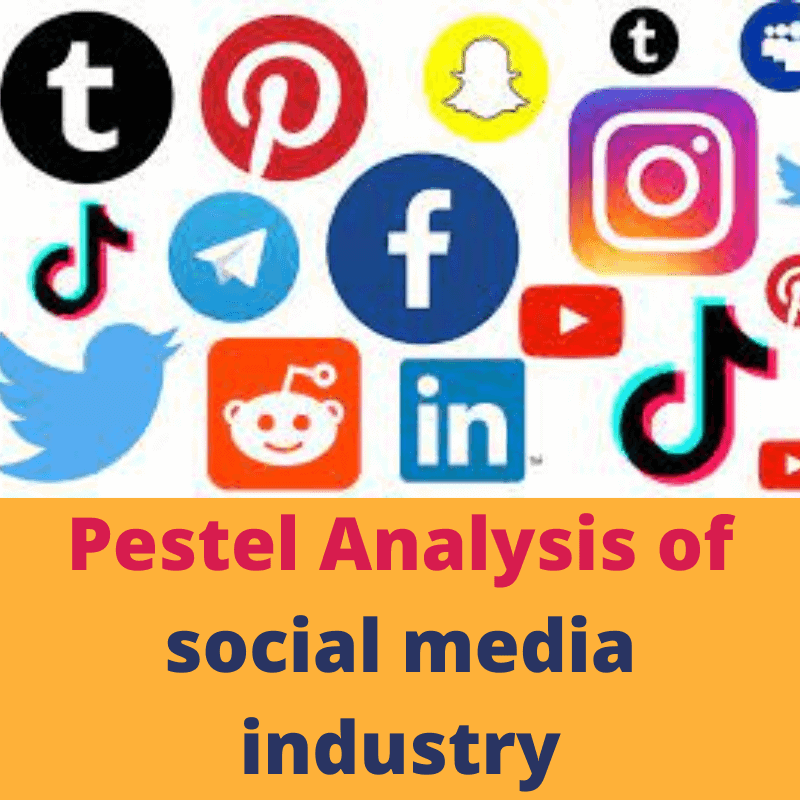
Click here to read our example of the Pestel analysis of the Social Media industry.
IKEA Pestel Analysis
Click here to see our example of the IKEA Pestel analysis.

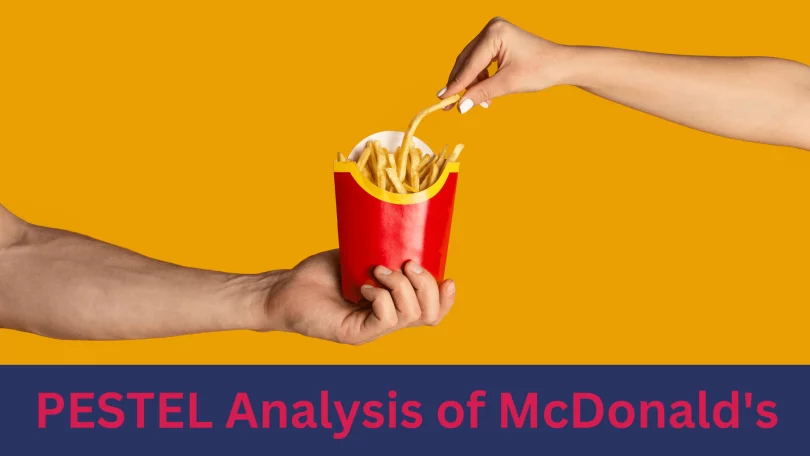

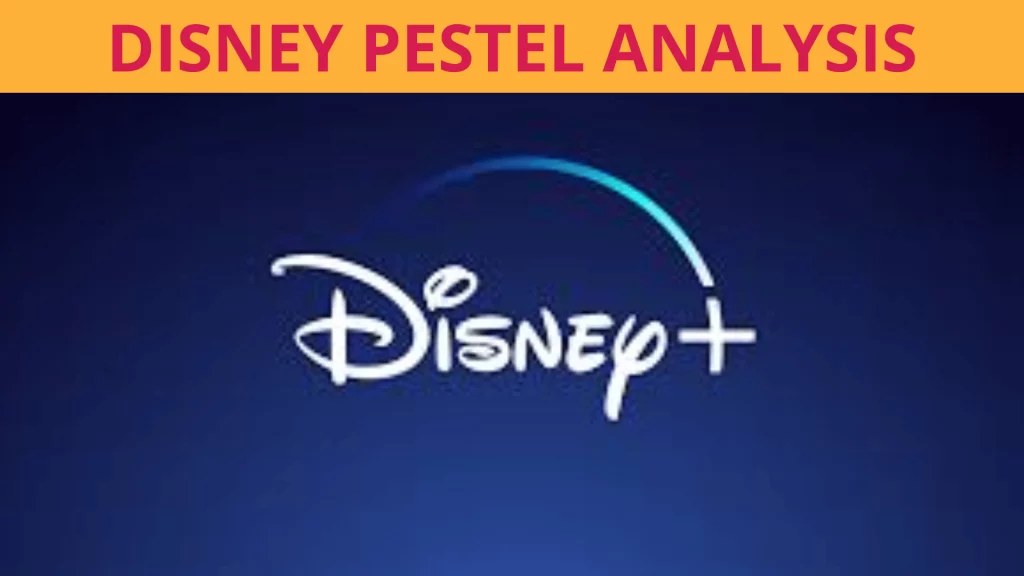



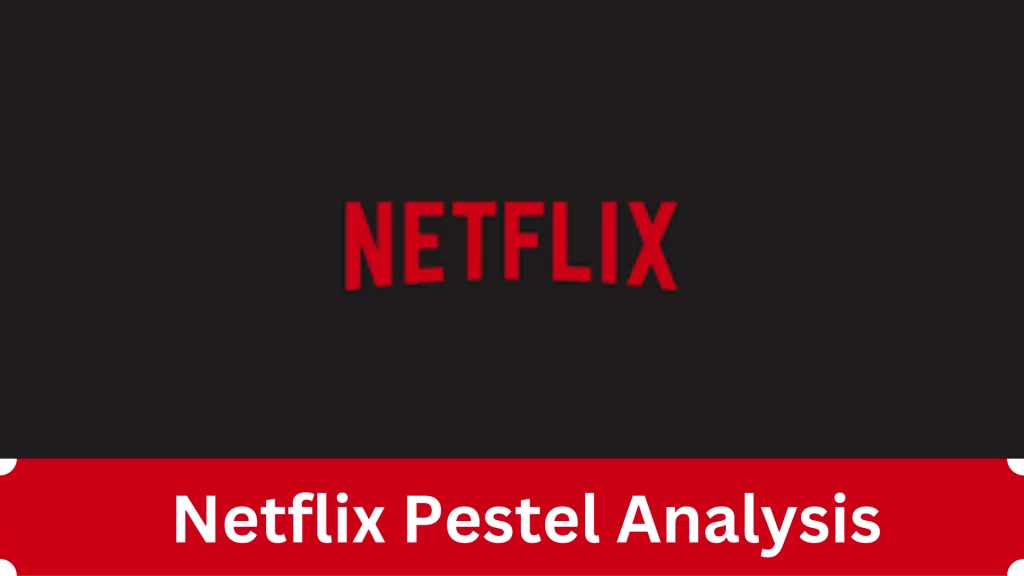
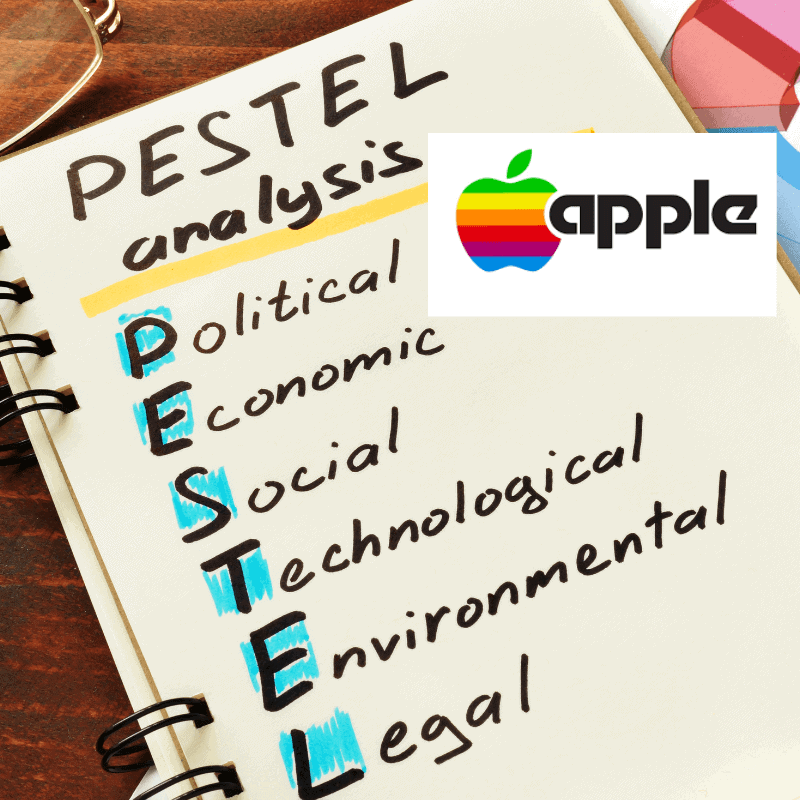
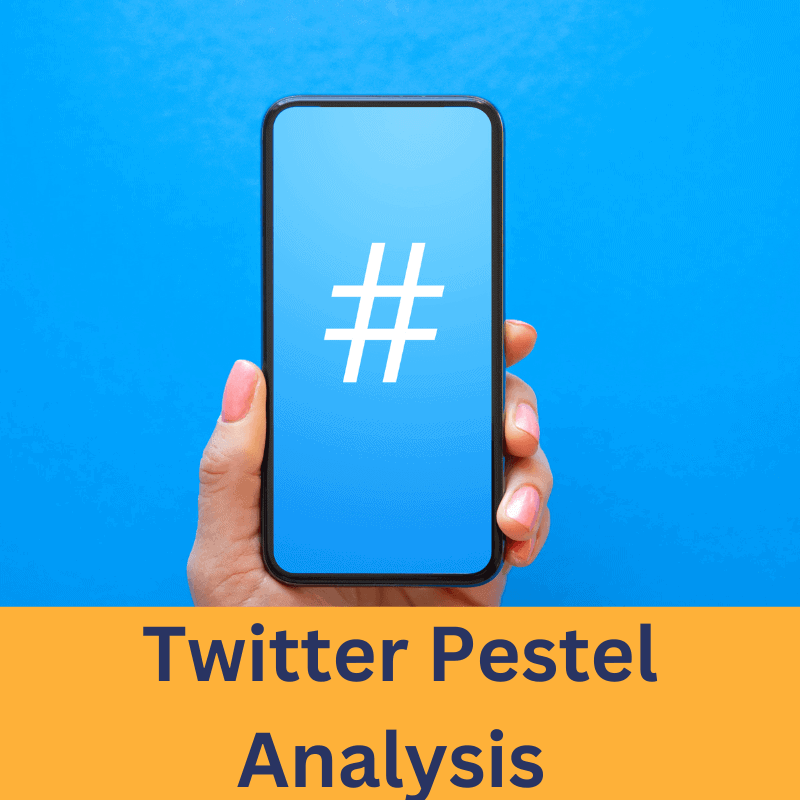

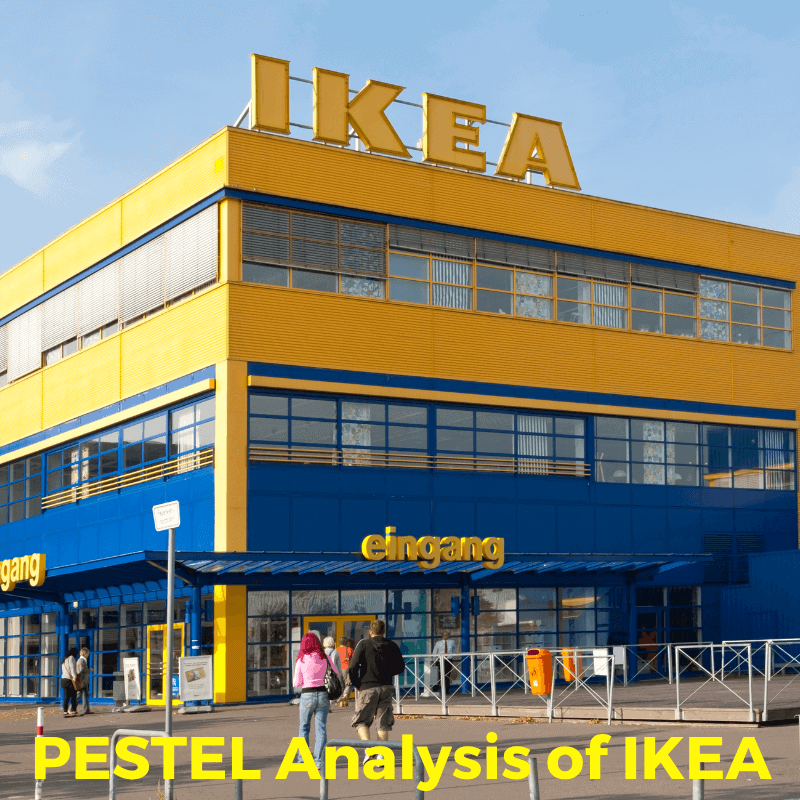




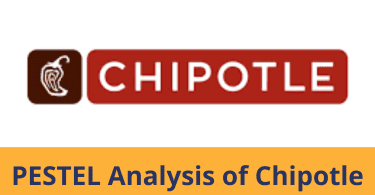

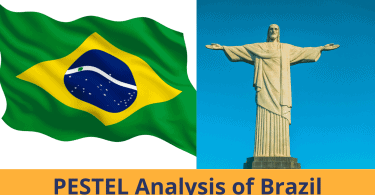
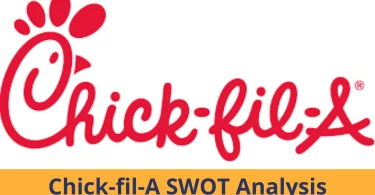


Leave a Comment